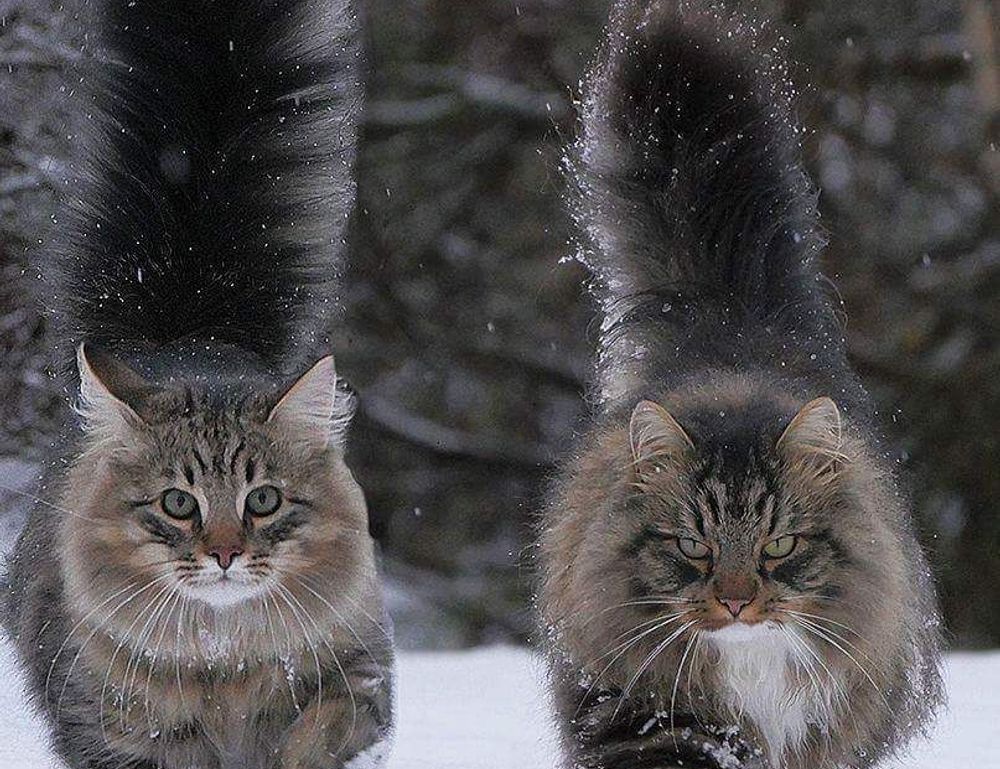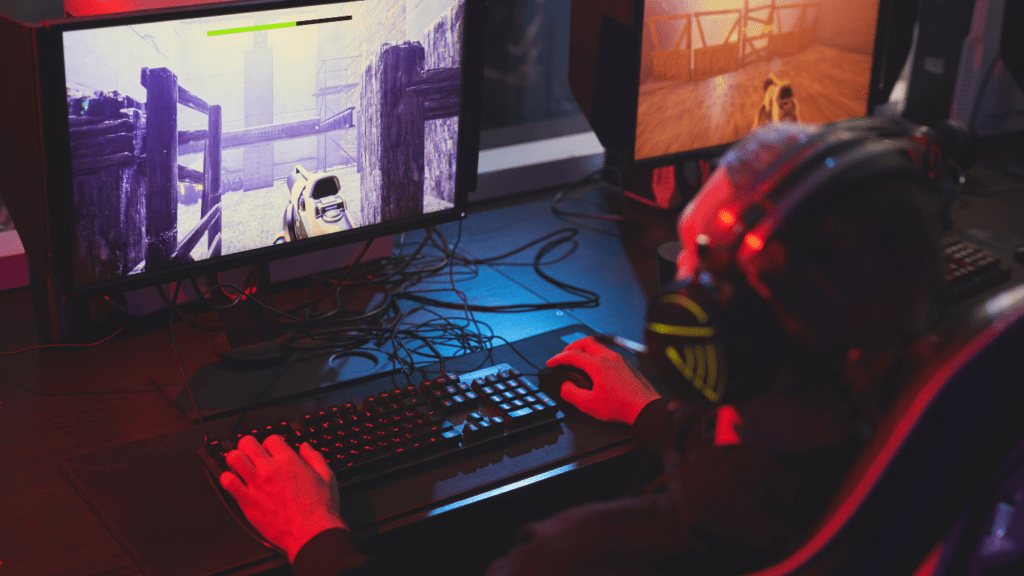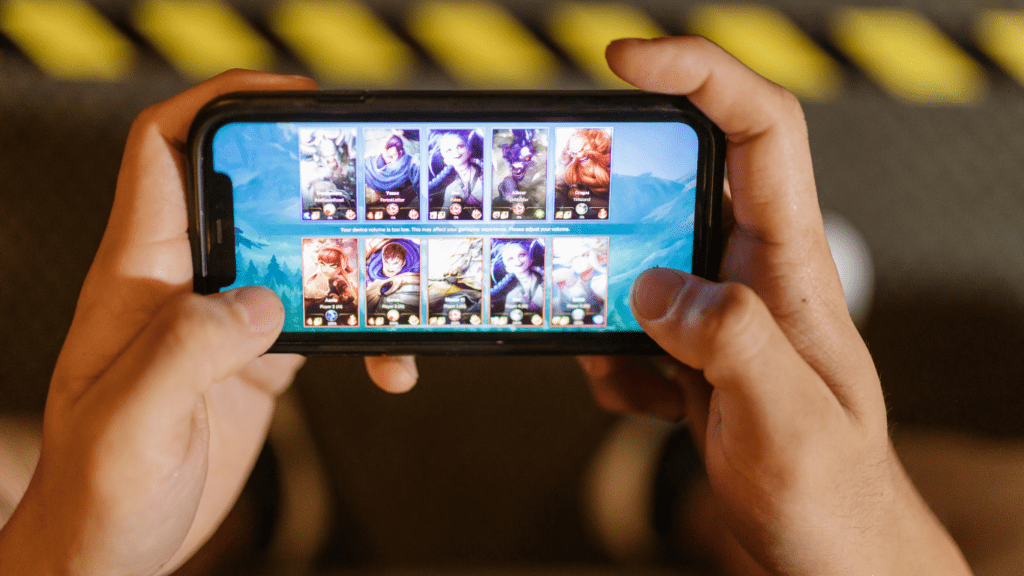What Is dinotybe?
dinotybe is a digital typography framework born out of necessity, not novelty. It’s designed to standardize type across devices while keeping visual identity intact. At its core, it solves a simple problem that keeps designers up at night: how do you guarantee that type looks as intentional on a 4K monitor as it does on a mobile screen?
In short, dinotybe provides predictable, scalable typographic styles that adapt responsively. No bloated dependencies. No “type soup” from 14 font variations. Just clean, effective rules.
Why It Matters
Most sites today don’t suffer from a lack of type options — they suffer from too many. Inconsistent line heights, font weights that don’t visually align, jarring scale between headings. dinotybe sets out to streamline all this with a controlled system that still leaves room for expression.
It’s like using a limited color palette. You lose nothing of value and gain consistency, easier maintenance, and faster load times.
Key Features
Here’s what makes dinotybe relevant:
Modular scaling: It uses a calculated ratio system to scale text in a way that feels natural and intentional. Font pairing rules: It provides guidelines for font combinations that actually work together, not just look good in a static display. Baseline rhythm: dinotybe pays attention to vertical spacing, making sure text flows with breathing room, and content blocks don’t look cramped. Deviceaware sizing: Fonts adapt for readability across screen resolutions without breaking the layout grid.
You’re not just picking a typeface — you’re defining a system.
Who Should Use It?
If you’re a solo designer juggling CSS files or a frontend developer tired of pixelperfect tweaks that go nowhere, dinotybe might be your relief valve.
Design teams working across brands find it particularly useful. Rather than rewriting typography styles for each project, dinotybe acts as a reusable system with plugandplay potential. It keeps things moving.
How To Use dinotybe
You won’t need to reinvent your workflow to start using dinotybe. If you’re already working with CSSinJS, Sass, Tailwind, or just raw CSS, this framework drops in with minimal setup.
The setup typically involves three parts:
- Import core rules: These are the baseline font settings for weights, scale, and spacing units.
- Define your context: Set the screen breakpoints and content width ranges.
- Customize within constraints: Adjust the system only as needed — this is where personality shows up.
Think of it like jazz — structure first, improvisation later.
Benefits Over Existing Typography Systems
Let’s size this up against a few others.
Google Fonts + ad hoc CSS: Too open, too sloppy. Things spiral quickly. dinotybe’s structure helps avoid bloat. Tailwind Typography plugin: Powerful, but often overkill. dinotybe focuses on the essentials and doesn’t require memorizing class names. Component libraries like MUI: You get a lot out of the box, but what you gain in convenience you lose in custom control.
dinotybe lands somewhere in the middle — not too rigid, but not loose either.
Common Pitfalls To Avoid
Even good systems can cause problems when misused. Here’s where folks trip up with dinotybe:
Overriding the scale manually: Stick with the defined ratios. They’re optimized for readability — trust them. Mixing font systems: Don’t bolt on additional font sets unless you know why. Forgetting vertical rhythm: Line height isn’t just cosmetic. Breaking rhythm ruins the page flow. Ignoring content hierarchy: dinotybe thrives on clarity. Respect heading levels and weight variations.
Most of this comes down to discipline. The framework pulls its weight only when used deliberately.
RealWorld Applications
dinotybe has already shown up in some product teams and portfolio sites where text clarity is a top priority. Think:
SaaS dashboards where dense data needs visual breathing room, Tech blogs aiming for readability over style gymnastics, Ecommerce sites where type should guide, not distract.
Even mobile app UIs benefit. dinotybe provides foundations for type that’s legible across retina and lowres alike, something many systems ignore.
Final Take
dinotybe isn’t a secret weapon — it’s a sensible one. It eliminates guesswork in an area that’s too often judged on vibes. Whether you’re building out a product UI or refreshing your design system, implementing dinotybe can bring clarity, predictability, and an almost boring level of consistency. But boring is good when you’re talking about core UX patterns.
It won’t write your content for you or replace good design judgment — but it’ll make the design decisions easier. And faster. And better aligned across your team.
Use dinotybe where it matters, and then forget about it — that’s the point. It gets out of the way so your content can do the talking.


 Henry Stevenson
Content Strategist
Henry Stevenson is the Content Strategist at Jackpot Lucky Deal, bringing a rich background in gaming journalism and an eye for detail to every article and update. Henry’s primary focus is on delivering engaging, insightful content that helps readers understand the nuances of jackpot games, from slot machine strategies to tips on maximizing wins with responsible betting. Known for his ability to simplify complex topics and make them accessible, Henry has a knack for curating content that resonates with jackpot enthusiasts and newcomers alike. His role involves not only keeping readers informed about the latest news and trends but also crafting guides that support smarter, more informed gameplay. Through his work at Jackpot Lucky Deal, Henry aims to help players optimize their chances of winning while staying educated on safe betting practices.
Henry Stevenson
Content Strategist
Henry Stevenson is the Content Strategist at Jackpot Lucky Deal, bringing a rich background in gaming journalism and an eye for detail to every article and update. Henry’s primary focus is on delivering engaging, insightful content that helps readers understand the nuances of jackpot games, from slot machine strategies to tips on maximizing wins with responsible betting. Known for his ability to simplify complex topics and make them accessible, Henry has a knack for curating content that resonates with jackpot enthusiasts and newcomers alike. His role involves not only keeping readers informed about the latest news and trends but also crafting guides that support smarter, more informed gameplay. Through his work at Jackpot Lucky Deal, Henry aims to help players optimize their chances of winning while staying educated on safe betting practices.

